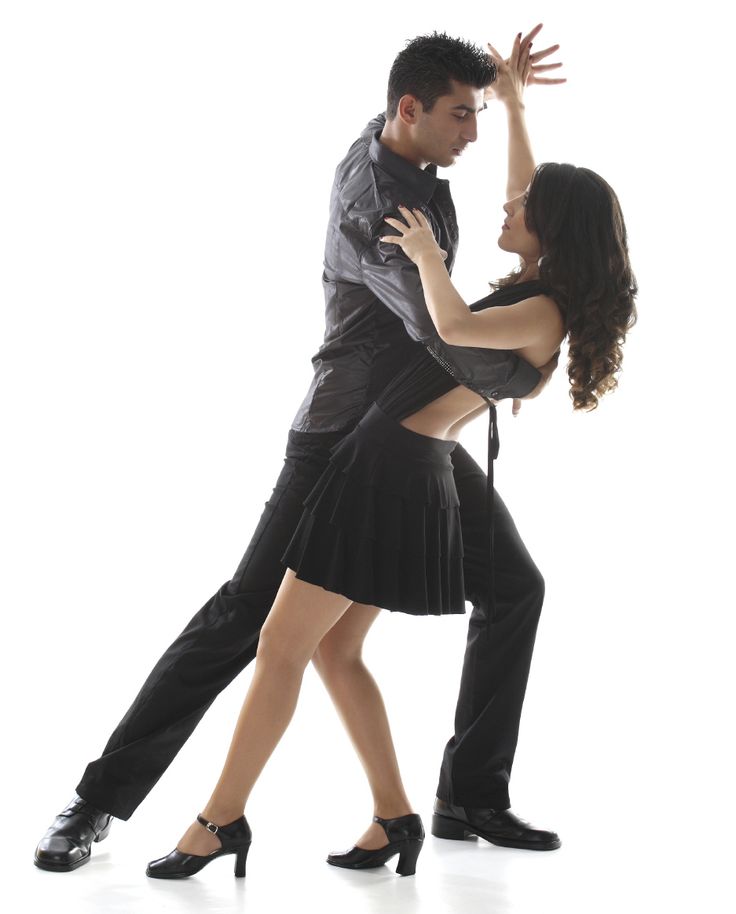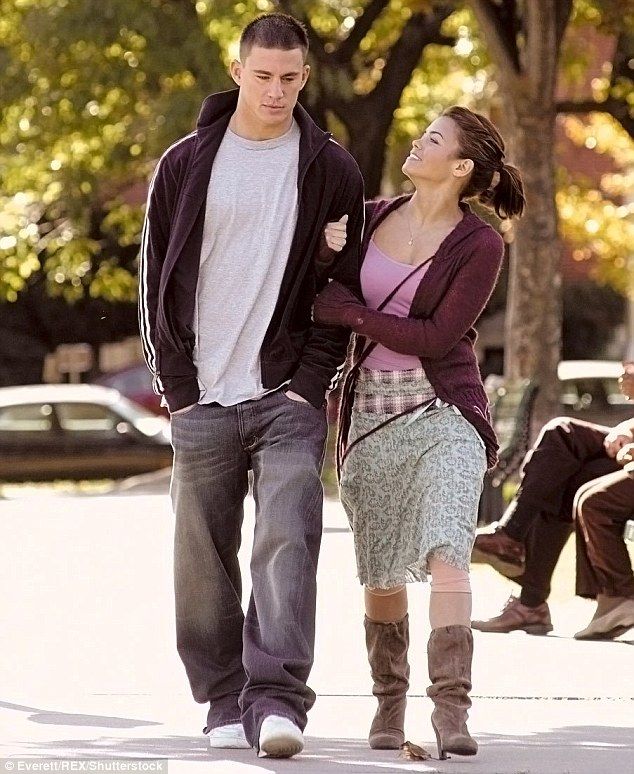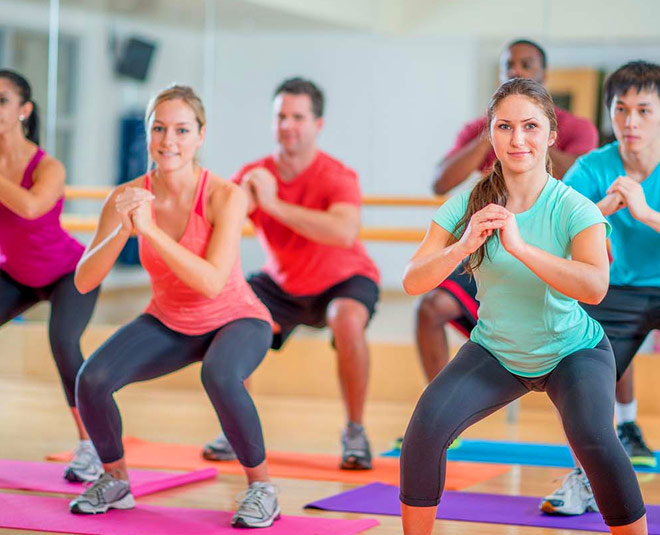How to dance when you re high on life
THIS VERY MOMENT. CURLY SHIRLEY CATTON: HIGH ON LIFE
THIS MORNING, I WENT ON A WALK WITH SHIRLEY CATTON THROUGH PROSPECT PARK. I WOULDN’T CALL IT A WALK, EXACTLY, IT WAS MORE OF AN EXPERIENCE, A HAPPENING—MAYBE EVEN A JOURNEY. IN 2021, AFTER ALL WE’VE BEEN THROUGH, IT FELT LIKE FREEDOM.
Let me backtrack. “Curly Shirley,” as she is known, is a character like no other. She jokes that her hair, blonde and corkscrewed, has its own zip code; her followers know it is only part of her charm. Her outfits are bright and sunny, like her smile. Her energy is contagious. Her sincerity is real, and deep.
In the summer I had seen Shirley leading a group of women across the beach on the Jersey Shore. Each girl had a headset, and skip in her step. Though I couldn’t hear the music, I could feel the joy they were experiencing. She calls the workout, “High on Life.” I wanted to know more.
Shirley had been a fitness instructor teaching Zumba and Barre for many years, but in November 2018, a full year before we’d ever heard the word Covid, she decided to take a break. Her body spent, her mind tired, she took the time for herself. She would bring her headphones to the park and explore, understanding that sometimes you have to get lost to be found. She took different paths, just feeling the sounds and beats of her music, and sometimes she just couldn’t help but dance. A teacher at heart, she thought, what if I brought people here to walk and dance with me? Would they enjoy it as much as I do?
Shirley was hesitant. She was on the threshold of a brand-new concept, and it was scary to think about starting over, but she saw the fall leaves changing color and knew it was now or never. On her birthday in November 2019, she sent a text out to her students, “This is only happening once. Meet me in the park to do something weird. Come on time, and make sure you are hands-free. We start at 9:30 am.”
About twenty girls showed up for that first class in Prospect Park. Shirley had a giant speaker in her mesh backpack and 586 acres of park to discover. She recalls, “The park has such great energy; there are so many different paths and tunnels and the music echoes in such a cool way in those spaces! I became a staple there, in my neon yellow jacket, and the park regulars would cheer us on as we came by, jumping, moving and grooving right along with us.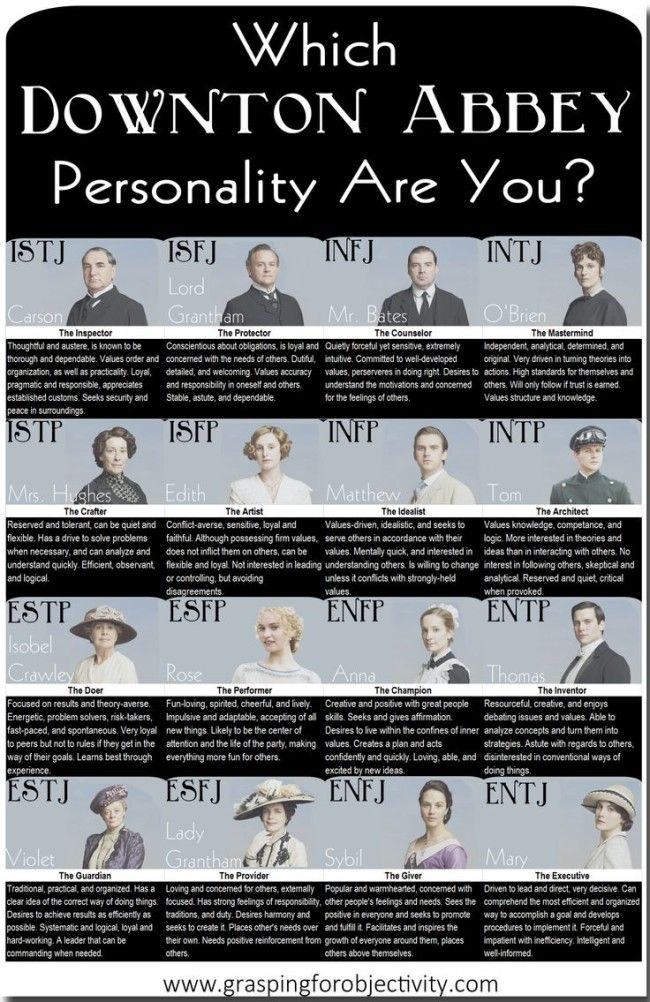 ”
”
For the first few months, life was normal, and the class built up a nice momentum. Even as we started hearing about Coronavirus, Shirley continued to teach because outside, they were safe in nature. Of course, in March 2020, the virus creeped into every crevice of our lives. We hoarded Lysol and toilet paper and even meat, and both indoor and outdoor activities quickly screeched to a halt. Shirley recalls, “We had been through so much anguish in those spring months. But by the time summer came around and we started getting out again, I came back to teaching in a unique position. My class was already outside. No one wanted to be indoors, and I was prepared. I can’t help but think that Hashem prepared me.”
A Mind Body Dance
During her year to herself Shirley explored more than the park. She merged body and soul, meditated, and concentrated on her breathing and mental health, incorporating all of it into her High on Life Experience. “I learned something: It’s not about the grind—it’s not about how high you can jump or how low you can squat—those are the attitudes that wear us down. Life is too hard to worry about that. Nature is huge. The scenery is always new, and the backdrop always changing; there’s always something fresh to see. It’s so much more than just a workout.”
Life is too hard to worry about that. Nature is huge. The scenery is always new, and the backdrop always changing; there’s always something fresh to see. It’s so much more than just a workout.”
When summer came, Shirley switched from her giant speaker to silent disco headphones so as not to disturb the peace in New Jersey, but that in itself added another element. She explains, “The headphones create a less chatty atmosphere. You’re in your head, but with people. You’re alone, but together. It’s you and the music. There’s no front row. We move together, engaging in nature. There are no mirrors, and no one to impress. It’s grounding, and yet it’s also always shifting and moving. It’s free from stress; a time to just let go, and be.”
Being Alive
Shirley takes her students barefoot on the beach, running through the rain, and rambling under the golden sunset. As we trekked through fresh snow last week in Manhattan Beach, one of the girls said, “If you told me a year ago I’d be outside working out in 20 degrees, I would have laughed at you.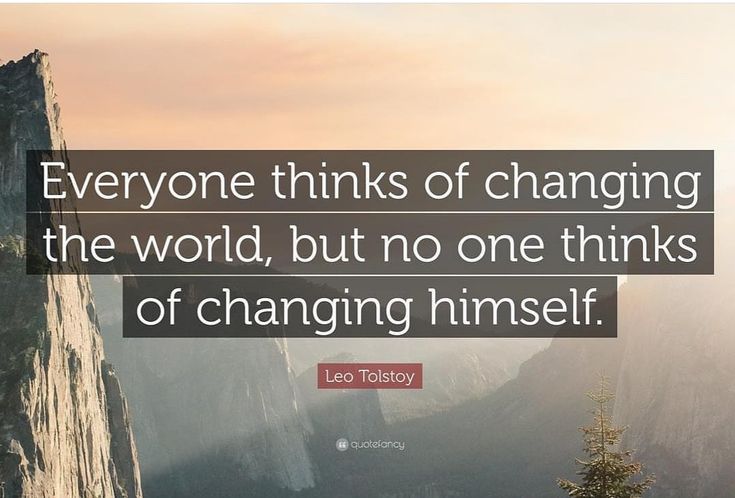 Today, I’m not even thinking about the cold.” We’ve grown a thicker skin this year, and all this positivity is priceless in the era of Corona. Shirley chooses her music carefully, infusing thoughts about gratitude, choosing life, and staying focused in the present. She plays a Hebrew song called, Rak Hayom, (Just Today). Another favorite is, “I Feel Human,” and another is, “Brand New,” encouraging us to fly through an open field like the birds overhead. Picture twenty girls with their arms out, taking flight. I kid you not—this is liberty.
Today, I’m not even thinking about the cold.” We’ve grown a thicker skin this year, and all this positivity is priceless in the era of Corona. Shirley chooses her music carefully, infusing thoughts about gratitude, choosing life, and staying focused in the present. She plays a Hebrew song called, Rak Hayom, (Just Today). Another favorite is, “I Feel Human,” and another is, “Brand New,” encouraging us to fly through an open field like the birds overhead. Picture twenty girls with their arms out, taking flight. I kid you not—this is liberty.
Shirley explains, “We don’t pay enough attention to our anxieties, worries, stress, uncertainties, each of us is like a big balloon that needs some air let out, before it bursts. We need to breathe and to feel our breath. I am offering this hour, not only to exercise, but to release.”
High on Life could not have come at a better time. There’s a doorway out of this nightmare but it only exists in our minds. Blending fitness, nature and happiness, Shirley “thinks in lyrics and moves through song. ” Through music, laughter and spontaneity she opens us up to gain a deeper appreciation for the simple things. “We can all do better than taking pictures with our phones,” she says, “Blink, fast. Take a snapshot through your mind’s eye. Hold onto this moment, this one glorious breath. Savor it.”
” Through music, laughter and spontaneity she opens us up to gain a deeper appreciation for the simple things. “We can all do better than taking pictures with our phones,” she says, “Blink, fast. Take a snapshot through your mind’s eye. Hold onto this moment, this one glorious breath. Savor it.”
2020 was impossible, heartbreaking, cold and unforgiving, but it also filled us up with so much love for the things we did have—home, family, nature, faith. We often ask, why? What is the message? Maybe, as we developed an unparalleled appreciation for the quiet joy, the unbridled laughter, and spent many, many days, weeks and months embracing each other in every way we could, we learned to live with less, and found satisfaction within ourselves. Shirley Catton, through High on Life, taps into the fact that we need to let go. Most people want to be in control, but now we cannot. We need to trust in Hashem. We need freedom from worry. Everything is as it should be. We watch the news. We read the paper.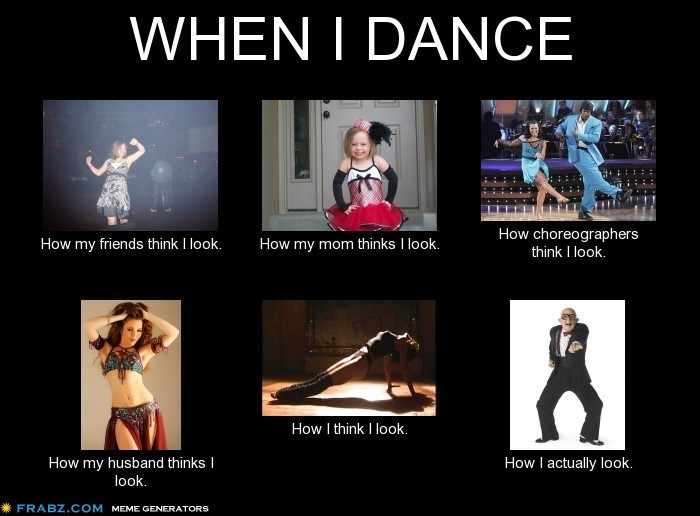 We understand clearly now that we know nothing. Let go. We don’t know how this story will end, but eventually we will see it all with great clarity. Maybe, High on Life is just a fitness class, or maybe it is more.
We understand clearly now that we know nothing. Let go. We don’t know how this story will end, but eventually we will see it all with great clarity. Maybe, High on Life is just a fitness class, or maybe it is more.
After dancing, running, jumping and walking through the park with Shirley I am truly spent, in a good way. I’m feeling alive, tired and energized all at once. I have been to Shirley’s class in the studio, but I think the space was never big enough to contain her spirit. The sky is the limit with her, and she has taken her experience all over, from lakes to beaches, to Central Park and hopefully soon, over the Brooklyn Bridge. You never know where you’re going to be or what it’s going to look like. When you don’t know where life is going to take you, you just need to keep moving.
Find #HighOnLife @curlyshirleycatton on Instagram
Sophia Franco, 53, is a mom and grandmother who has been feeding her love of reading and writing for as long as she can remember through poetry, community journalism, and songwriting. She has written many songs with Yaakov Shwekey but the first, I Can Be, has become an anthem for the Special Children’s Center and the community at large.
She has written many songs with Yaakov Shwekey but the first, I Can Be, has become an anthem for the Special Children’s Center and the community at large.
SOPHIA FRANCO
Photos by RENEE MENASHE
High on Life: There’s a Lot More to This Shooter Than We Saw at Opening Night Live
High on Life
By Joe Skrebels
Updated: Aug 27, 2022 11:19 am
Posted: Aug 25, 2022 10:09 am
We’ve already seen quite a lot of High on Life, the expectedly bizarre, exceptionally gross new single-player shooter. The big pitch is that Rick and Morty co-creator Justin Roiland and his team at Squanch Games have built a first-person shooter that sees you bounty hunting for aliens, and taking them down with talking guns. But it was the little details that impressed when I got to try out the game for myself.
Opening Night Live included a boss fight from High on Life’s early sections, but my 25 minute hands-on (which you can watch below) included the full mission that leads up to that battle. The demo begins in your player-character’s house (populated by their exceptionally confused big sister and their new alien bounty hunter handler, Gene), then has you heading out into the technicolor alien city of Blim, and finally down into its sewer slums for a series of battles. In terms of regular gameplay, it’s a relatively short section - but I managed to fill that 25 minutes simply because of how much incidental detail there was to see.
The demo begins in your player-character’s house (populated by their exceptionally confused big sister and their new alien bounty hunter handler, Gene), then has you heading out into the technicolor alien city of Blim, and finally down into its sewer slums for a series of battles. In terms of regular gameplay, it’s a relatively short section - but I managed to fill that 25 minutes simply because of how much incidental detail there was to see.
That attention to detail begins right away - your character’s house is a literal home base, equipped with a Bounty 5,000 computer, which will assign missions and (when it’s repaired by Gene) allow you to take portals to different locations. But more immediately fixating was the house’s TV, which airs animated shorts (some made by Roiland himself) and even four licensed feature length movies. It’s an early sign not just of the game’s relentless approach to telling jokes, but the amount of effort that’s gone into adding fun detail for those who stop to look around.
Blim itself is something like Blade Runner’s Los Angeles if it had been designed by the cast of Sesame Street, a vomit of primary color, indecipherable signs for bizarre businesses, and scattered aliens going about their daily lives.
When you get to talk to those citizens, you’re given RPG-esque dialogue choices, but you’ll quickly realize that the emphasis is very much on hitting punchlines rather than making tough decisions. Two, well, tubes with faces guard the gates to the slums, and will only let you through if you answer a question: which one of them is hotter? I repeatedly said the blue guy was sexier than his red friend. The benefit was that the blue guy’s gate opened and let me continue, the cost was that I made the red guy very sad and self-conscious.
That focus on taking familiar gaming tropes and milking them for jokes is all over the game. Later, I was faced with a very irritating little guy who repeatedly mocked the unnamed player-character. Naturally, the response was to try to shoot him… which resulted in my talking gun rebuking me for even trying. So I tried again. Another telling off. Once more? Oh, it suddenly let me do it after all. “Normally, killing children in games isn’t allowed but he’s dead. We killed this kid,” whined my gun. “There goes our E for Everybody rating!”
So I tried again. Another telling off. Once more? Oh, it suddenly let me do it after all. “Normally, killing children in games isn’t allowed but he’s dead. We killed this kid,” whined my gun. “There goes our E for Everybody rating!”
Yes, High on Life is very aware that it’s a game, and revels in that fact. What surprised me more was that the game itself is seemingly looking beyond its single player shooter peers for ideas. When I did get into some fights (against a series of giant ants, who increasingly lose confidence as I wipe out their ranks), I was surprised to realize that combat has as much to do with platformers or even bullet hells as it does FPS games.
Enemy projectiles are many, but travel slowly, meaning you’ll spend just as much time dodging and positioning yourself in a fight as you do trying to squeeze off headshots. Cover isn’t a huge consideration, leading you to move constantly to avoid the scatterings of blaster shots around you. Later, we picked up the frankly disgusting Knifey, who adds a melee attack and a grappling hook - it seems pretty clear that Squanch wants you to be moving vertically as well as laterally in these fights as the game goes on.
While I only got to use the one gun - a goop-firing pistol called Kenny - its alternate fire revealed another wrinkle to combat. The Glob Shot fires an arcing, explosive… glob, which offers slowdown as you aim it, and knocks enemies into the air. What I didn’t expect was for it to then offer the ability to juggle enemies, Devil May Cry-style, once they were up there. While I didn’t get to experiment further, it feels as though the game is pushing you to finish your fights stylishly rather than efficiently, and I’d expect other guns to offer combos with these alternate abilities.
That feeling, that I expect the game to offer more ideas as time goes on, is what’s exciting me most about High on Life after playing it. If these 25 minutes included enough jokes, neat touches, references, and combat ideas for me to write this much about, how will it feel once I’m hours into the game? If it keeps up that pace, High on Life will be far from a shooter with a jokey veneer - it could be something truly new.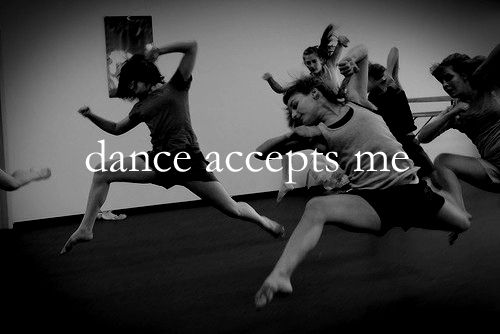
Joe Skrebels is IGN's Executive Editor of News. Follow him on Twitter. Have a tip for us? Want to discuss a possible story? Please send an email to [email protected].
In This Article
High on Life
Squanch Games
Rating
ESRB: Rating PendingPlatforms
Xbox Series X|SPCHow to learn to dance (if you are an adult)?
First you need to at least roughly understand what exactly you want.
This article is about dancing, because I wanted movement and company, I wanted to cheer myself up and do it as actively as possible. Therefore, in this article I will share with you my experience of a simple person, not a professional dancer, who was going to learn how to dance as an adult. Some options seemed more attractive to me, some less, but I will talk about all the options available and comment on what came of it.
Stage 1: Preparatory
So you've found that dancing suits you: you're ready for an active holiday in the company of other people.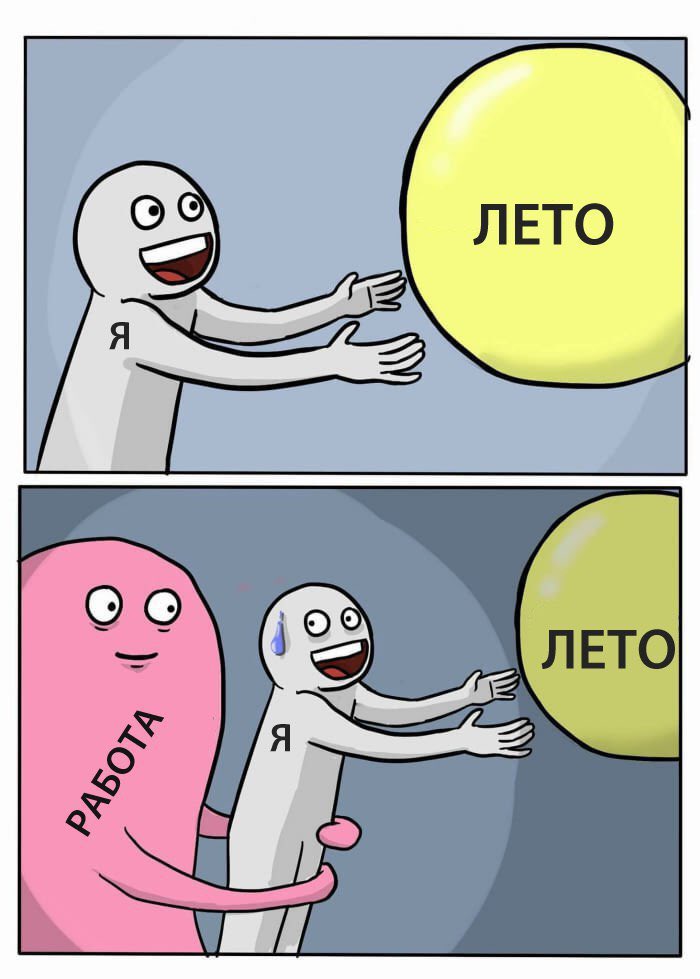 Where to begin?
Where to begin?
I suggest starting with choosing a direction. Dances in different cultures were formed first with ritual purposes, then as an opportunity to get to know each other, and now all options are available to us at once, so you need to decide from all the variety what is closer to you.
Ballroom dancing, salsa, ballet, tango, afro, lindy hop, bachata, contemporary, zumba, flamenco, house, kizomba, hustle, vogue, hip-hop? Fast or slow? Pair or solo?
Let's say you don't know what you want yet. Watch the video on YouTube. Type the name of the dance direction into a search engine and see how it looks. Don't stop with the most popular videos, find out how this style is danced in schools and parties, not just shows. Is this what you want?
Of course, it may be that some direction interested you right away. For example, you saw someone dancing something, you liked it, and you wanted to try it.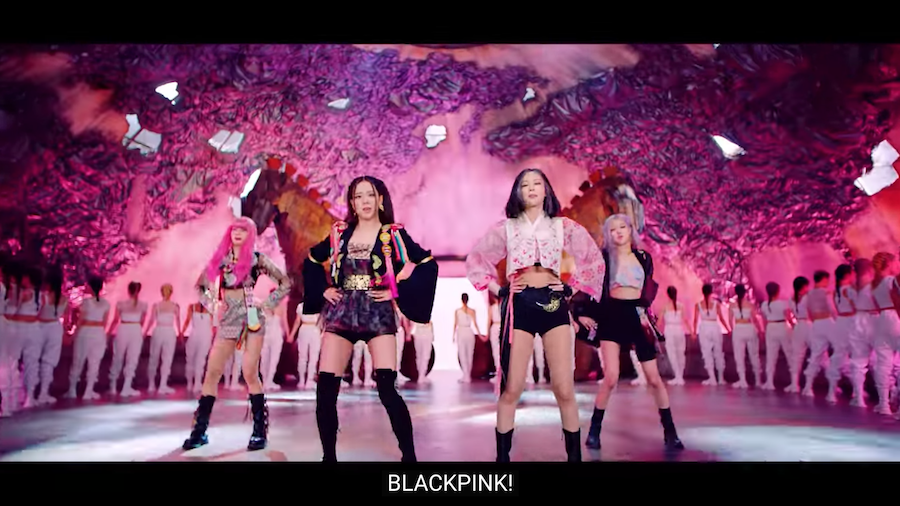 Then do not hesitate to ask what kind of dances and where they teach this.
Then do not hesitate to ask what kind of dances and where they teach this.
After that comes the most important step - to start and do. Do not delay with this, you have already become interested and have chosen - now you have to move on to practice, while you are really interested. If you say you want to dance, be true to yourself and dance. Ask for recommendations from friends or choose a school through an Internet search, but do not put off signing up for a trial lesson. You can go through twenty trial lessons before you find what suits you, but the main thing:
To learn how to dance - dance
My personal experience For me, the starting point of interest was dancing on the embankment in Gorky Park, but even there there are as many as five directions: salsa, bachata, hustle, ballroom and historical dances. To be honest, I knew so little about dancing that I could confuse the Viennese ball with a bachata party. Therefore, I personally found acquaintances who dance, and through them I found out what options I have.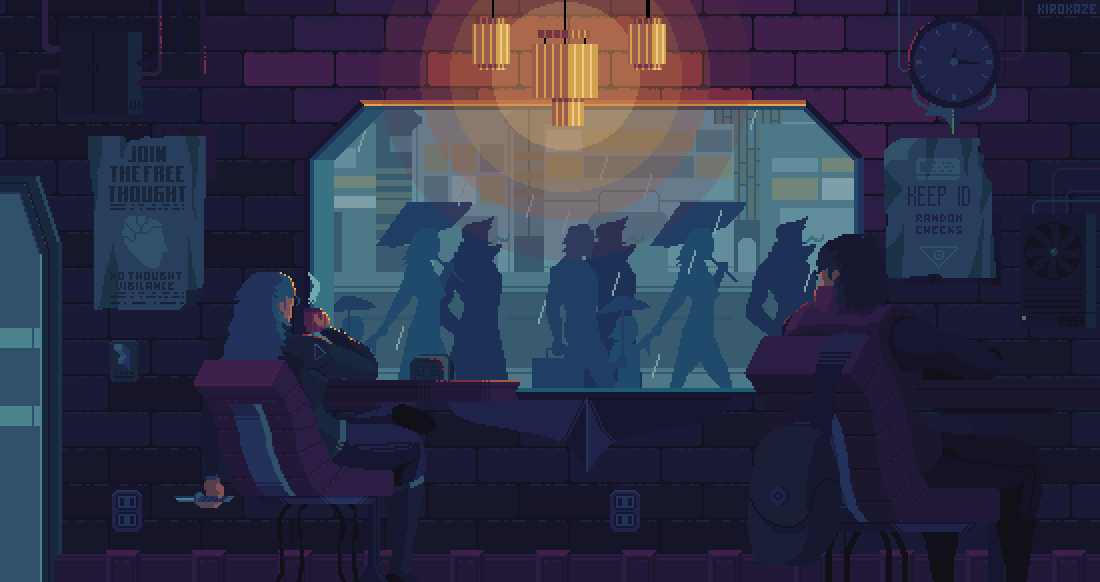 So, I visited the Vienna Ball in Moscow and went to the ball at MGIMO. Yes, balls are held in Moscow (and not only), can you imagine. My first dances were ballrooms, I was in a group that hired a teacher, and we rented the hall ourselves. Then there was a brief interspersing of hustle, and then I switched to salsa, which I still dance, sometimes supplementing with bachata. “My School” was recommended to me by my friends, for which I thank them very much. Later, I also looked for a good school with New York salsa based on recommendations.
So, I visited the Vienna Ball in Moscow and went to the ball at MGIMO. Yes, balls are held in Moscow (and not only), can you imagine. My first dances were ballrooms, I was in a group that hired a teacher, and we rented the hall ourselves. Then there was a brief interspersing of hustle, and then I switched to salsa, which I still dance, sometimes supplementing with bachata. “My School” was recommended to me by my friends, for which I thank them very much. Later, I also looked for a good school with New York salsa based on recommendations.
Stage 2: Dance schools: individual and group approach
You have found a dance school that you like according to the reviews and fits the area. To get acquainted with teachers and directions - go to a trial lesson.
In dance schools, there are most often two formats for new students: a separate event - open lessons - or simply the opportunity to come to the first lesson for free or at a reduced price. If you come to a special open lesson for new students, you will most likely try a selection of exercises that will give you an assessment of how dance classes are going in this school in general.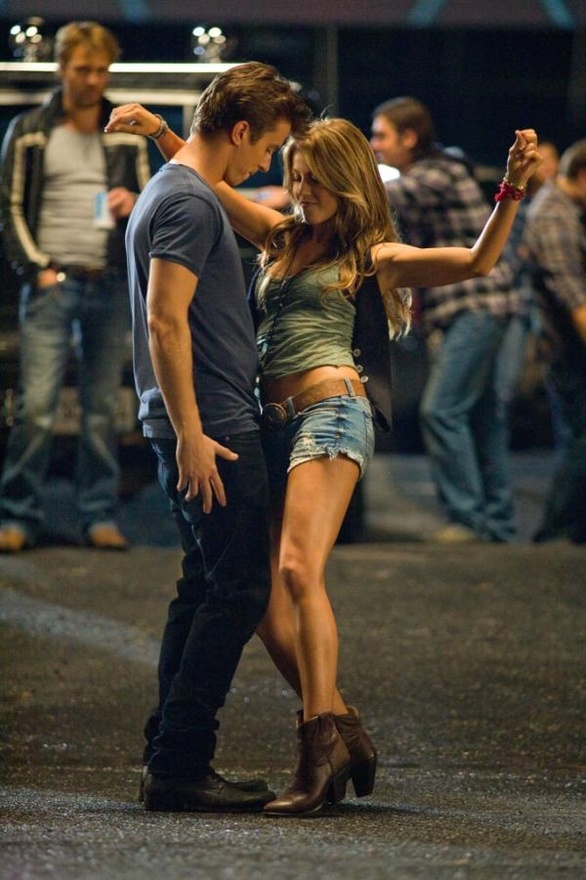 If you just join a group for your first lesson, it will help you see how teachers interact with their existing students, what kind of atmosphere is in the lesson. In any case, you will immediately try to dance - and that's great. If both of these options are available: open lessons and group attendance, try both.
If you just join a group for your first lesson, it will help you see how teachers interact with their existing students, what kind of atmosphere is in the lesson. In any case, you will immediately try to dance - and that's great. If both of these options are available: open lessons and group attendance, try both.
Group lessons
There is another option: individual lessons with a teacher. If you are just starting to dance, the individual format will help you reduce the stress of immersing yourself in a crowd of people at once, choose your pace in practice and explanations, here you can even practice several directions at once if your dance teacher teaches several styles at once. But if you went to dance not only for the sake of physical activity and filling your free time, individual lessons will not solve the main dance task - interaction with other people. If you only train one on one, it will not help you gain the courage and experience to dance with different partners.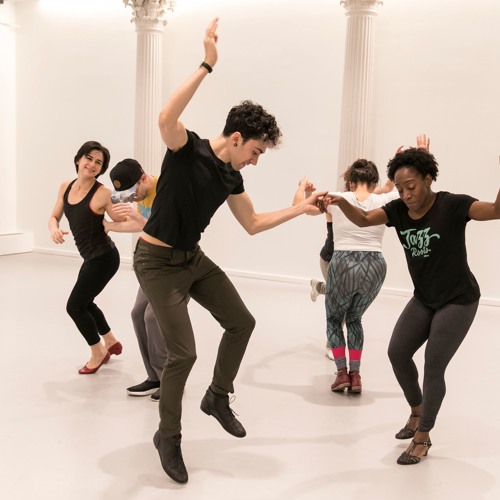
Another important thing to consider: how suitable are your dances for the individual format? Can they be danced solo? If so, one-on-one learning with a teacher can help you progress faster. By the way, this is why non-beginner dancers of all directions often turn to the format of individual lessons - at some stage you will want to give yourself an acceleration, work out your style, or, conversely, learn something from a particular master.
In any case, assess your goals and risks. More interaction with different partners, but at the same time more average attention of teachers? Or an individual approach and personal attention to you and your technique? You decide.
My personal experience I tried to start with individual lessons, but this experience was not successful for me, so I quickly switched to group classes. Why did my private lessons experience fail? I was advised by a ballroom dance teacher, and I expected that he would teach me waltzes and rumba.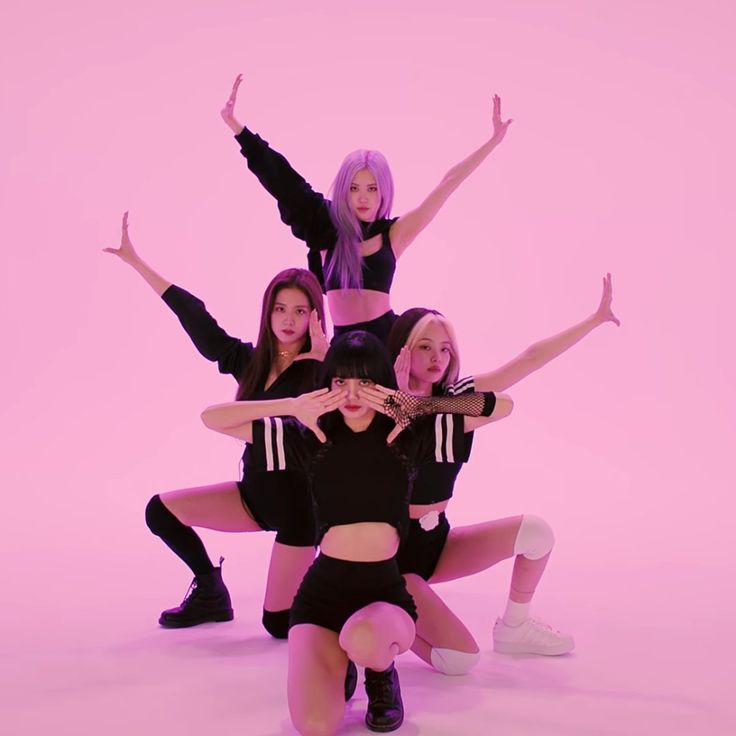 But at some point, he decided to switch to the social sphere and began to teach me hustle. Now I understand that the technique of different dances is different, and you need to make sure that the teacher is a good dancer in exactly the direction that you need. Then I just realized that the picture of how they teach me to dance does not match the videos that I watched, and those couples at parties that I saw. So I quit studying with my teacher and went to the group. In group classes, everything suits me: I read dance movements well even without an individual explanation, and if something is not clear, I do not hesitate to ask questions. Well, working with different partners throughout the lesson is even fun. My advice to you is to train watching in dancing also to make sure that you are really being taught what you want. And of course, if you want to learn salsa, a ballroom teacher is likely to be a dubious choice. Choose professionals in your field.
But at some point, he decided to switch to the social sphere and began to teach me hustle. Now I understand that the technique of different dances is different, and you need to make sure that the teacher is a good dancer in exactly the direction that you need. Then I just realized that the picture of how they teach me to dance does not match the videos that I watched, and those couples at parties that I saw. So I quit studying with my teacher and went to the group. In group classes, everything suits me: I read dance movements well even without an individual explanation, and if something is not clear, I do not hesitate to ask questions. Well, working with different partners throughout the lesson is even fun. My advice to you is to train watching in dancing also to make sure that you are really being taught what you want. And of course, if you want to learn salsa, a ballroom teacher is likely to be a dubious choice. Choose professionals in your field.
As for the format of open lessons and just the option to come to any class, I saw both. There are sometimes a lot of people in open lessons, while potential students can be of different levels and it is difficult to get the right impression of the school. If you just come to the lesson - the main thing is not to be afraid to be new among the group. Much here depends on the attention of the teacher, how much he can help you get used to the place and give feedback after the lesson so that you can choose the right level and group for yourself. In Svoi Shkola, trial lessons are held in both formats, which is convenient because you can join the group at any time.
There are sometimes a lot of people in open lessons, while potential students can be of different levels and it is difficult to get the right impression of the school. If you just come to the lesson - the main thing is not to be afraid to be new among the group. Much here depends on the attention of the teacher, how much he can help you get used to the place and give feedback after the lesson so that you can choose the right level and group for yourself. In Svoi Shkola, trial lessons are held in both formats, which is convenient because you can join the group at any time.
Stage 3: Online
During the pandemic, most of us have been forced to adapt every area of our lives for home use. In 2020-2021, many online schools appeared on the market, including dance schools. So isn't it easier to dance without leaving home?
In order to understand how online lessons are right for you, I propose to break the concept of "dancing" into components. Dancing is physical exercise, plus musicality and rhythm, plus interaction with other dancers and/or the audience.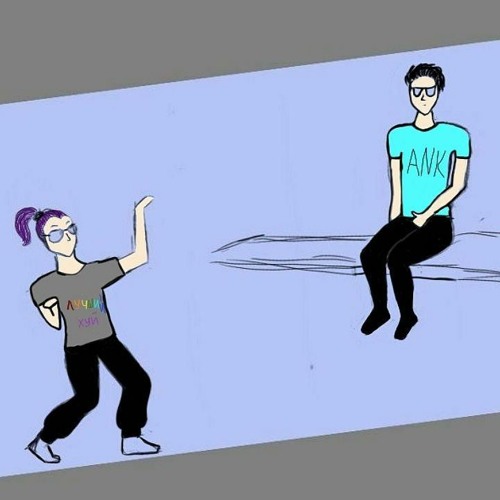 It immediately becomes obvious that if you want to practice pair dancing, you either need to have a ready-made partner at home, or choose the format of real offline classes. The other two points are a little more complicated.
It immediately becomes obvious that if you want to practice pair dancing, you either need to have a ready-made partner at home, or choose the format of real offline classes. The other two points are a little more complicated.
In order for physical activities to take place without injuries and under the supervision of an experienced master, it is better to choose classes with a specific teacher, about whom you know that his exercises will be safe and accompanied by feedback. If you have already played sports online and are familiar with how to properly perform physical exercises, it will be easier for you, but remember that dancing, like any other activity, is accompanied by certain professional risks, take care of yourself.
Online lessons
As far as musicality and rhythm are concerned, here you need to assess your ability to learn in such an independent format as realistically as possible. Will you be able to read the exercises from the screen when the teacher cannot answer your questions? Will the number of classes that online courses offer be enough for you to feel your success in the dance business? If you think so, or just want to give it a try, this is an interesting format for solo dancing, especially if you want to participate in a course or marathon on a specific topic.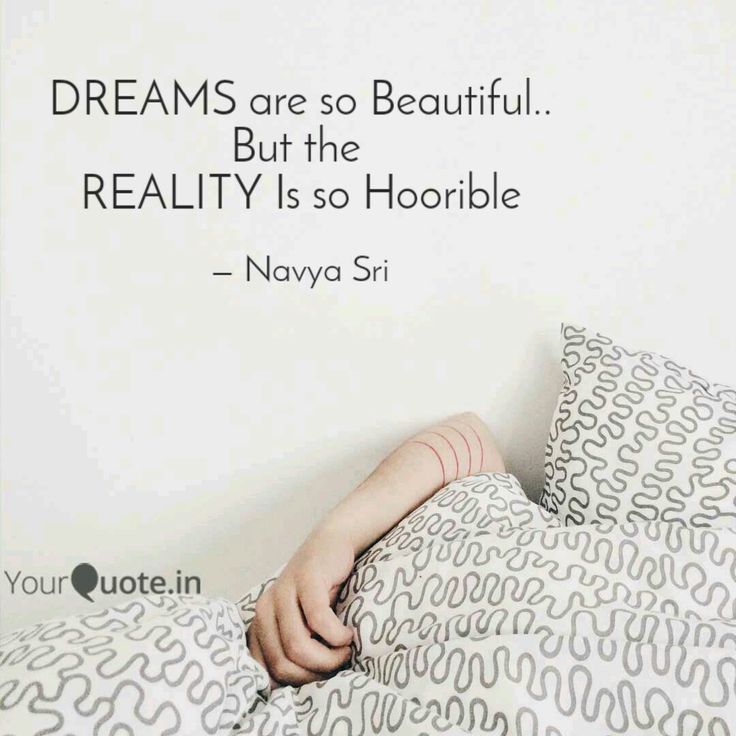
My personal experience I took a dance course online exactly once. For me, this format is risky in one way: if I don’t come to the dance school on my feet and give myself to a teacher who controls the intensity and regularity of my training, I will abandon this business. I am sure that this risk exists not only for me. Many of my friends sign up for online dance marathons, where it's completely normal to have 300 dancers start and only 50 finish. This is neither good nor bad, but it's a feature that is better to know about in advance so as not to waste time and money.
Stage 4: Parties and open airs
Aspiring dancers often ask the question: can you learn to dance just by going to parties?
Short answer: you can, but it's hard to do it well.
It is summer and every or almost every city has parks or public spaces where someone dances something and you can join them. But you should know in advance that most dancers will not be able to teach you how to dance. Let's start with the fact that at many venues training is prohibited by the organizers. As a rule, such events are a separate initiative that exists either for their own earnings, or, conversely, provides space for many schools at once. The world of social dancing is not big enough for dancers to squabble with each other, so be prepared for the fact that they may not want to teach you. In addition, at parties it can be difficult to tell the difference between a confident dancer and a teacher, and this can be critical not only for the future beauty of your dancing, but also for your health. In addition, everyone comes to parties to have fun and relax, and the idea of mixing work with leisure is not always a good idea.
Let's start with the fact that at many venues training is prohibited by the organizers. As a rule, such events are a separate initiative that exists either for their own earnings, or, conversely, provides space for many schools at once. The world of social dancing is not big enough for dancers to squabble with each other, so be prepared for the fact that they may not want to teach you. In addition, at parties it can be difficult to tell the difference between a confident dancer and a teacher, and this can be critical not only for the future beauty of your dancing, but also for your health. In addition, everyone comes to parties to have fun and relax, and the idea of mixing work with leisure is not always a good idea.
So what are parties and open airs for and do you need to go to them if you want to learn how to dance? And when to start?
Our parties
Most teachers and dancers tend to believe that going to such events is possible and necessary, as soon as you master the basics of your dances. So you can consolidate the material covered, work it out in large quantities, try your dancing skills with different partners, and just get a boost of vivacity and energy from the fact that you are in the atmosphere of a cool party with like-minded people.
So you can consolidate the material covered, work it out in large quantities, try your dancing skills with different partners, and just get a boost of vivacity and energy from the fact that you are in the atmosphere of a cool party with like-minded people.
My personal experience I love parties, especially summer outdoors and theme parties, which are held by different schools for different occasions, in Svoi Shkola, such parties usually take place once every couple of months. The only difficulty for me as an adult is this prioritization. On the one hand, you want to dance more, but if you already go to dance classes 2-3 times a week, it can be difficult to allocate another 1-2 evenings for parties. I try to take it easy and do not monitor the regularity of my going to parties. It's good when you get to dance in good company, but you don't have to do it all the time.
Stage 5: Festivals and Shows
There are two options for learning to dance that not all dancers choose for themselves, but it is also useful to know about them.
Many teachers gather separate groups or conduct master classes for staging numbers. You don't just come to learn how to dance - you learn a certain choreography in order to record it on video or even perform at a festival.
The format is often suitable for beginner dancers, but here you will encounter a few difficulties. Firstly, you can often learn about such groups only from within the dance community, so you first have to be in it. Secondly, you must want to demonstrate your dancing skills to a potential audience. Thirdly, you will be limited strictly to the choreography and music that your production teacher will select for you. But despite all this, many people love participating in show numbers for the opportunity to learn beautiful dance sequences, challenge themselves in terms of public performance, and sometimes just get a beautiful video of dancing as a keepsake.
Festivals are a format of intensive immersion in dances of the chosen direction. As a rule, festivals take place over several days and are quite intensively filled with master classes and parties. At such events, as a rule, the basics are not explained, but in general they are suitable for both beginners and experienced partners, just do not forget to carefully study the program and evaluate how relevant it is for you. Starting with this is quite an extreme choice, but if you have been dancing for at least a couple of months, why not.
As a rule, festivals take place over several days and are quite intensively filled with master classes and parties. At such events, as a rule, the basics are not explained, but in general they are suitable for both beginners and experienced partners, just do not forget to carefully study the program and evaluate how relevant it is for you. Starting with this is quite an extreme choice, but if you have been dancing for at least a couple of months, why not.
Traveling festivals are a separate topic - this is when you go to dance for a few days in another city.
This can be a great adventure and a good vacation option if you're already hooked and love dancing a lot!
My personal experience I think festivals are fun, especially if you have someone to go there with. From a physical point of view, it can be stressful, do not hesitate to choose not all master classes in order to have time to relax - so you get more enjoyment from the event.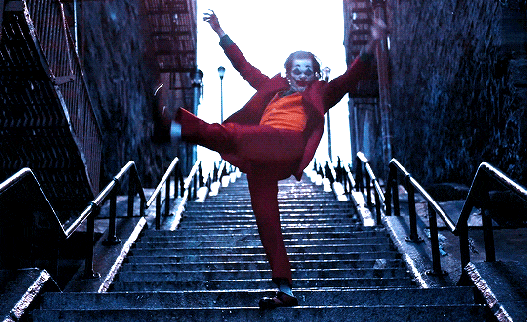 It is difficult for me to describe the experience of show groups, since I participated in such a master class only once, and for me this was not enough to get a beautiful result that would suit me. But among my fellow dancers there are also fans of this format, so it's a matter of taste.
It is difficult for me to describe the experience of show groups, since I participated in such a master class only once, and for me this was not enough to get a beautiful result that would suit me. But among my fellow dancers there are also fans of this format, so it's a matter of taste.
Step 6: End and Beginning, or How to Know You've Learned to Dance
When I think about what reminds me most of learning to dance, I imagine a spiral.
Getting started is not hard at all. As a rule, the first steps in any business, including dancing, cause almost euphoria: when you compare even a small success with level zero, which you had just recently, you get a colossal enjoyment of the process. You went to dance - well done! You learned the basic step - you are just amazing! You danced the first bunch - wow!
And then, according to the classics, you suddenly realize that the more you know, the more you don’t know.
What to move on after the basic step - to links or musicality? When do you go solo? Is it necessary to study with different teachers, to dance really well? Is it possible to stop learning to dance, because you're already good enough? And how to understand it? Almost every dancer including dance teachers, asks himself these questions. A universal answer to them, of course not.
A universal answer to them, of course not.
And here I return to my image of the spiral. The beauty of dancing is that at each stage you can choose in which direction you want to develop further, but after mastering each new level, you will realize that you have climbed a step higher, and now all the same options are available to you again. Let's say you mastered the basic step, then learned a dozen chords and completed a marathon of musicality. After that, surprise! - you will understand that now the basic steps are revealed in a new way, they can be improved and supplemented. And after that, for example, take master classes on handwork and footwork. And back to base again. Maybe master the party of the second partner? Or choose an adjacent direction in dancing? This process is potentially endless and should only be fueled by your own interests and goals.
Whether you want to be party kings and queens or become dance teachers, the market for dance schools, courses and events is strong enough to to offer you services for every taste.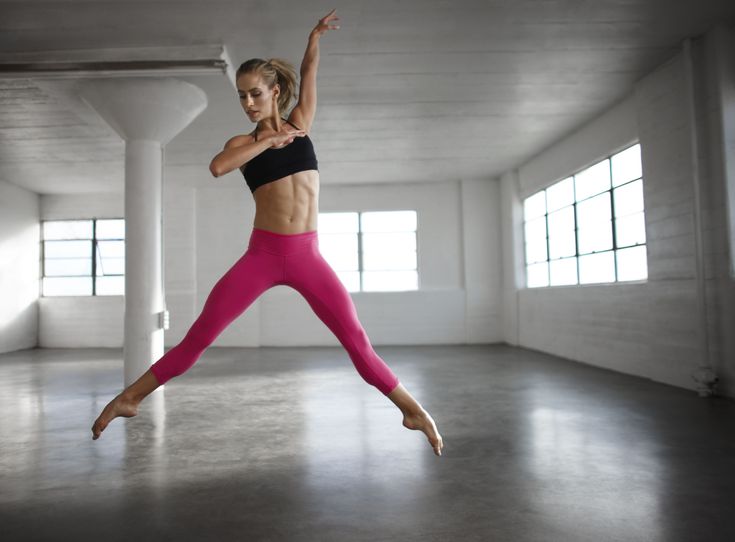
I hope this article has been helpful to you, and maybe even reassured you with the number of options for learning to dance. This experience can also be adapted and extended to the development of any other hobby. Indulge your interests, it will help you enjoy life more!
I want to dance. 10 misconceptions about dancing
The desire to learn to dance is natural and natural in the modern world. You can list the reasons, starting with obvious and popular pragmatic desires, for example, to start moving or losing weight, ending with unconscious and even existential ones.
This is due to the fact that dancing is at the subtle intersection of the inner and outer worlds, physical and spiritual. Above this, music becomes a driver that cannot leave anyone indifferent.
In dancing there is magic inside a person, which is not always noticeable when observed from the side. At the initial stage, it is the external picture that attracts to dances, and sometimes repels, as it seems too frivolous and superficial.
But there are even stronger obstacles that stop many people from starting dancing. These illusions and delusions roam the minds of the majority, and are often afraid to ask about them directly, or they ask the question about it so often that they are no longer ready to hear an honest direct answer. I will try to do it in this article.
There are many examples of contemporary dance instructors sharing their thoughts about not expecting to be in the dance industry. Once upon a time there was a man and was engaged in adult, serious business. Sometimes even very serious. A person could have children and even grandchildren. I saw dances only on stage or on TV. For reasons unknown to himself, he ended up in dances. At first, everything seemed like entertainment and a useful pastime. But time has passed, and a person catches himself thinking that he thinks about dancing not just every day, but really all the time. A couple of years pass, and he already becomes a teacher or organizer of some event.
A similar path can start at 15 or 55 years old. The only difference will be in the self-perception of the starting stage, that it’s too late to dance. In fact, for each age there is its own dance direction, which can reveal it to the greatest extent at this stage. Hip-hop or breaking is closer to children and teenagers, and Argentine tango is closer to adults. It's never too late to start dancing. You need to make the right choice of dance style based on several parameters: age, gender, music, goal. There is a dance direction for any arrangement.
Misconception 2: Men don't dance
Our culture has a number of restrictions related to dancing. Most of these causes are psychological and lie outside the realm of rational reasoning.
First, in our culture, in principle, dancing for pleasure or self-expression appeared relatively recently. 20-30 years ago dance clubs were only for children. To start dancing even in adolescence was considered exotic.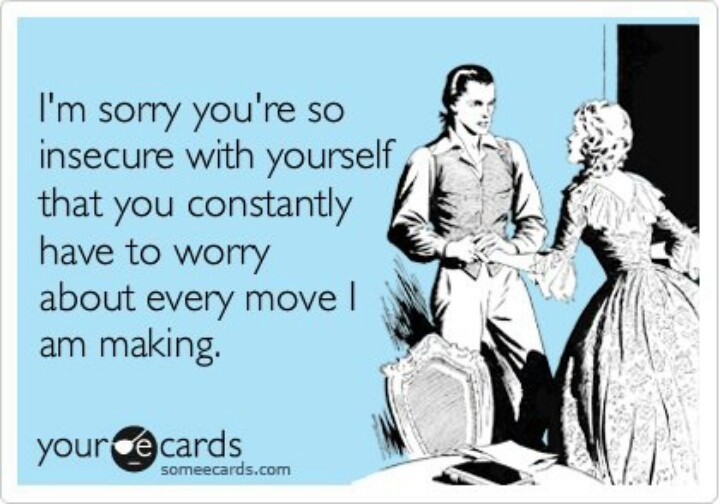
Secondly, the aesthetics of the body in our country for men is not in the focus of attention. In general, this can be attributed to the fact that Russian men try hard not to draw attention to their appearance and clothing. Men in our country use other tools for this.
Third, dancing is associated with entertainment and alcohol. If a man feels serious and respectable, then he either does not have time or desire for this.
Nowadays the general cultural background has changed and the result is that men are learning to dance. It becomes as much a sign of masculinity as clothing, hair or beard.
Unfortunately, many misconceptions remain even among those who have already started dancing. Dance teachers do not always pay attention to this, as it seems to them that this is a matter of course.
Fallacy 3: special training is needed
For an outside observer, there is always a cognitive dissonance about what dance is. What he sees on the big stage in the form of a show with sweeping movements and splits is obviously dancing. Breakers doing unimaginable elements in the air and on their hands, competing with each other, also seem to be dancing. Pensioners in the park waltz. Dancing again, but for some reason everyone is so different. How to understand that this is a dance, and what physical criteria should be in the body.
What he sees on the big stage in the form of a show with sweeping movements and splits is obviously dancing. Breakers doing unimaginable elements in the air and on their hands, competing with each other, also seem to be dancing. Pensioners in the park waltz. Dancing again, but for some reason everyone is so different. How to understand that this is a dance, and what physical criteria should be in the body.
In fact, any self-expression through the body to music can be attributed to dance. There are a number of reservations, but they are not essential. For self-expression, a person uses the set of plastics that he has. Subtlety and technique do not depend on extreme ways of self-expression, and it often happens that splits and somersaults interfere with a meaningful dance. The development of plasticity and the expansion of the body's capabilities are part of the preparation of the dancer, but not an end in itself.
Misconception 4: You must learn to dance in pairs
In couple dancing, the final learning outcome is that the couple dances at a party.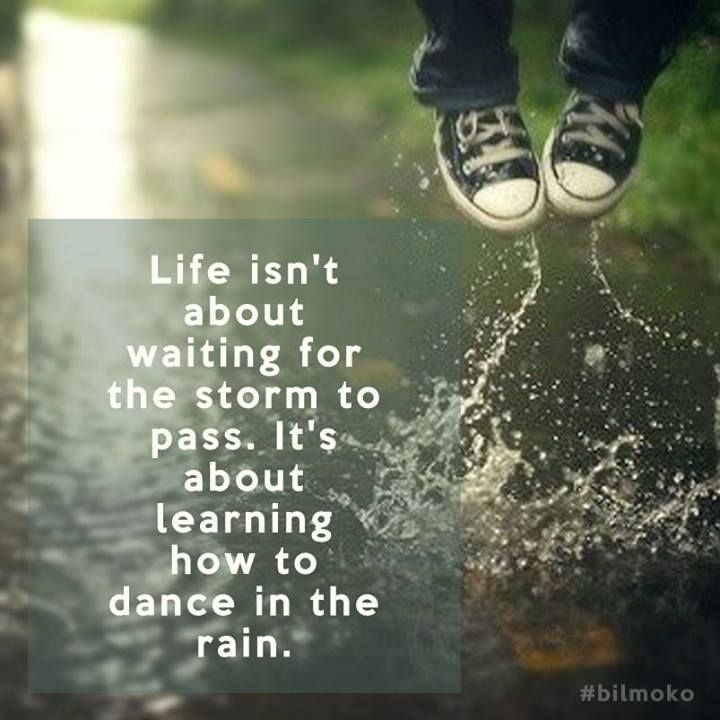 It would seem that you should always train together to get the desired result. This is not true. Let's take an example from boxing. An indicator of a boxer's skill is a fight with an opponent, but this does not mean that he must constantly fight. Also, the ability to dance is built on the possession of one's own body and the ability to interact.
It would seem that you should always train together to get the desired result. This is not true. Let's take an example from boxing. An indicator of a boxer's skill is a fight with an opponent, but this does not mean that he must constantly fight. Also, the ability to dance is built on the possession of one's own body and the ability to interact.
The skill of the teacher is the correct selection of methods so that the student masters the skill. Based on the skill, you can engage in creativity and self-expression in dance. Not everyone knows, but it is no coincidence that almost all social dance dancers have a serious dance background, which is based on the development of individual techniques.
The same can be attributed to the interaction in a pair. The ability to separate in oneself the one who leads and the one who follows the lead is impossible within the framework of studying the sequence of movements in pairs. For this, there are special exercises that make the skill more versatile.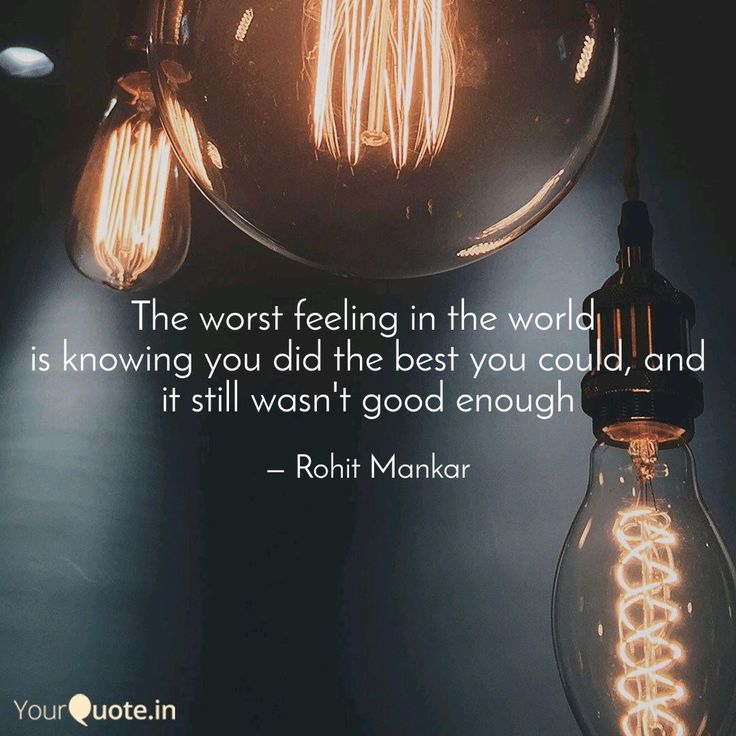 For this, the presence of a permanent couple is not necessary, as well as the regular presence of a partner in general.
For this, the presence of a permanent couple is not necessary, as well as the regular presence of a partner in general.
IMPORTANT! You can’t experiment at a party, and everything should be in its place there: men dance with women.
Getting rid of illusions is a complex internal process. If you leave them to yourself, you can even get the opposite result.
Misconception 5: plastique and stretching are mandatory attributes of dance
Much depends on the genre of dance that you want to master. In previous articles, I have already mentioned that different dance styles are suitable for different ages. It is appropriate to dance hip-hop in adolescence or youth, Argentine tango is a more adult dance, it is important to enter classical choreography at a young age.
The degree of necessary plasticity and sensitivity to the dance direction also correlates. For example, breaking requires great physical effort and dexterity. Elements are built on acrobatics and high speed of execution.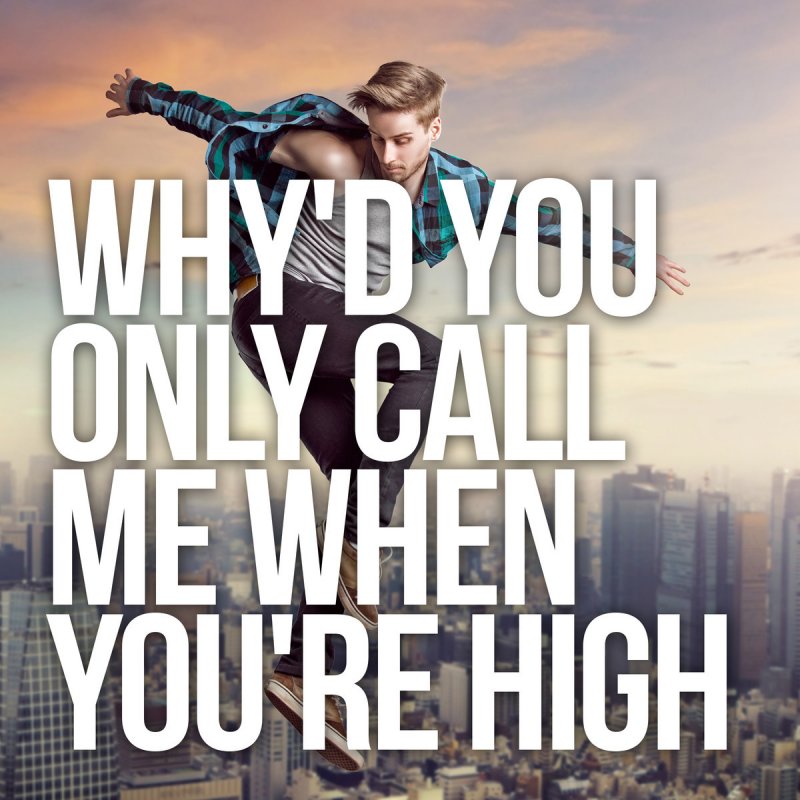 Who are they more suitable for? Obviously young people.
Who are they more suitable for? Obviously young people.
There is a lot of interaction in salsa. It is necessary to feel the partner subtly, to be able to show a variety of figures and elements. Twine or acrobatics are completely inappropriate here. However, a variety of ways to show oneself are required. Accordingly, the dance is youthful, but not at all childish.
The older the dance, the less stretching or acrobatics is required. The main emphasis is on the quality of technology, the variety of ideas and the ability to show plasticity.
Misconception 6: Mirrors are necessary for learning
There is a set of instruments that dancers use to learn how to dance. The fact is that the dancer needs to receive feedback on how his movements look from the side. It is impossible to dance and see yourself from the side at the same time. The most common tool is a mirror. But not the only one.
Like any auxiliary tool, mirrors have positive and negative effects. The positive is that they can receive feedback in real time and technically it is not very difficult. The downside can be dependence on mirrors. A situation where a dancer cannot capture the feeling of dancing, such as on stage or at a party. For these purposes, you can use, among other things, video filming or proper preparation.
The positive is that they can receive feedback in real time and technically it is not very difficult. The downside can be dependence on mirrors. A situation where a dancer cannot capture the feeling of dancing, such as on stage or at a party. For these purposes, you can use, among other things, video filming or proper preparation.
In many countries in Latin America, dance classrooms are not equipped with mirrors. Classes are held in bars or large halls. The dancers initially form the skill of focusing on the inner sensation, and not the habit of looking for their reflection in the mirror with their eyes.
Misconception 7: there is a lot of obsceneness in dancing
A common question from novice dancers who are taking their first steps in more contact couple dances is “in order to dance cool, there must be passion within a couple?”. I immediately answer that no, not necessarily. Kizomba, bachata and Argentine tango attract many with their close contact. Like any other contact in our everyday life, in dances, contact can be different. We hug friends, parents, children. These hugs can wear many different shades. Sexual overtones are one of many.
Like any other contact in our everyday life, in dances, contact can be different. We hug friends, parents, children. These hugs can wear many different shades. Sexual overtones are one of many.
The culture of dance also includes the boundaries of what is acceptable. A compliment from a well-mannered person is different from a statement about female sexuality by a gopnik. Usually, those who study at a dance school already have an idea of what boundaries should not be crossed. A good dance from a technical point of view will never look vulgar or vulgar.
Dancers always have a choice about the boundaries of contact. Most prefer to leave a good impression of themselves, as word spreads just as fast in the dance world.
Misconception 8: the best dancers are the bearers of culture
Even the very question of the origin of a particular dance can be paradoxical and ambiguous, especially when it comes to its development and performance.
For example, the Viennese waltz did not originate in Vienna, but in Germany. Salsa has its main roots in the USA, not in Cuba. The famous Greek folk dance sirtaki was invented for the film "Zorba the Greek" and appeared only in 1964.
The same can be attributed to the development of modern dance styles. Korea is known for its world-leading break dancers. People go to Turkey for Argentine tango, Spain is strong with excellent salsa and bachata dancers, in Egypt, Russians are considered the best belly-dance performers.
A good dance is based on quality training and diligence. Skin color, place of birth and age are secondary. Exotic appearance, unfortunately, is often a reason to be more superficial about one's own professional development. This becomes the reason for the low level of teaching among the bearers of culture. I am sure that few readers of this post will be ready to conduct a master class in Russian folk dance outside of Russia.
The mastery and teaching of a particular style does not depend on the dancer's homeland. And "they absorbed the dance with their mother's milk" is nothing more than a common misconception.
And "they absorbed the dance with their mother's milk" is nothing more than a common misconception.
Misconception 9: You have to know a lot of moves to learn to dance
Focusing on learning a lot of moves often detracts from the essence of dance. Of course, the sequence of figures is important. Especially at the start. Over time, the dancer should have an understanding of how movements can be generated independently. Accordingly, instead of memorizing millions of figures, you can understand how to create them.
From every system of improvisation that a dancer can use as an instrument, dozens, hundreds or thousands of variations are derived. This frees the head from trying to reproduce the exact sequence and definitely adds freedom in the performance of the dance.
The huge theme of musicality can also be referred to this question. Not every pre-conceived or learned sequence will fit specific music. The dance should give freedom, and not drive the dancer into the shell of the ropes.
Misconception 10: dancing is homosexual
The unusually high attention to the body and the flair from stories about professional ballet led to the spread of this myth, among other things. Unfortunately, such an idea still exists in the minds of our fellow citizens.
The dance industry is now very broad and is represented by many dance styles. Some of them can even be called homophobic. Dances reflect the general attitude to the world and it is different depending on the life position and worldview of a person.
In many dances there is contact between the dancers. In Russia, dance contact between men has always been perceived very intensely. In most other countries it is different. An example of the fact that this tension is associated only with the dance theme and does not apply to other areas is, for example, wrestling. When practicing techniques, men are in much closer contact with each other. Sometimes lying on the floor and holding each other tightly.


